Image of 1976 Pontiac Sunbird, Note: These illustrations use artistic license and may differ from actual historical models.
Performance Metrics
Fundamental Metrics
Emotional Appeal
MMP Rating
| Engine Specifications | |
|---|---|
| Engine: | 2.3L L4, 3.8L V6 |
| Displacement: | 140-231 cu in. |
| Horsepower: | 88-110 hp |
| Torque: | 110-175 lb-ft |
| Compression Ratio: | 8.0:1 - 8.4:1 |
| Ignition System: | Conventional distributor ignition system |
| Cooling System: | Liquid-cooled |
| Performance Specifications | |
| 0-60 Time: | Estimated 12-15 seconds |
| 1/4 Mile Time: | Estimated 18-20 seconds |
| Top Speed: | 100-110 mph |
| Transmission and Drive | |
| Drive Type: | RWD (Rear Wheel Drive) |
| Transmission Type: | 3-speed automatic or 4-speed manual |
| Fuel and Efficiency | |
| Fuel System Type: | Carburetor |
| MPG: | Estimated 15-20 mpg |
| Dimensions and Brakes | |
| Brakes: | Front disc, rear drum |
| Wheelbase: | 97.0 in |
| Weight: | 2,600-2,800 lbs |
Note: Specifications for classic cars are given to the best of our ability, considering the limited and variant data available.
1976 Pontiac Sunbird: A Compact Marvel of the Malaise Era
The 1976 Pontiac Sunbird stands as a testament to the resilience of American automotive design during a period when the industry faced stringent emissions regulations and a fuel crisis. Born from the lineage of General Motors, this compact car emerged as a stylish and economical solution for drivers of the mid-70s. With its origins tracing back to the Chevrolet Vega, the Sunbird was Pontiac's answer to the growing demand for smaller and more fuel-efficient vehicles, distinguishing itself with a unique blend of sportiness and practicality.
One particularly intriguing aspect of the Sunbird's history is its role in transitioning Pontiac's image during an era when muscle cars were on the decline. The Sunbird offered a glimpse into the future of personal transportation, combining efficiency with a touch of performance flair that echoed Pontiac's performance heritage.
Design and Innovation
The exterior styling of the 1976 Pontiac Sunbird was characterized by its sleek lines and sporty stance, which set it apart from many boxy designs of that time. Its long hood and short deck proportions hinted at the muscle car era, while its compact dimensions aligned with the new market realities. The interior featured an array of materials ranging from basic vinyl to plush velour, catering to different tastes and budgets. Though not luxurious by today's standards, it offered a level of comfort that was respectable for its class.
Technologically, the Sunbird wasn't groundbreaking but did include features like an optional AM/FM stereo radio and air conditioning—amenities that were becoming increasingly important to consumers. Color options ranged from understated earth tones to more vibrant hues, with popular choices including Firethorn Red and Cameo White. The most iconic body style was arguably the coupe, especially when equipped with the optional 'Hatchback' package that provided added versatility and a sportier look.
Historical Significance
The 1976 Sunbird didn't revolutionize automotive technology but did play a crucial role in signaling a shift towards smaller, more efficient cars in America. It stood out for its ability to retain a semblance of Pontiac's sporty DNA through design elements and branding, despite being built in an era known for performance compromises.
Performance and Handling
Performance-wise, the 1976 Sunbird offered modest numbers by today's standards. Its base engine, a 2.5-liter inline-four dubbed the "Iron Duke," provided adequate power for daily driving but certainly didn't push any boundaries in speed or acceleration. For those seeking more zest, there was an optional 3.8-liter V6 that improved performance noticeably. Handling was typical for compact cars of the time; it managed bumps adequately and provided a comfortable ride quality without much fanfare.
The driving experience was characterized by simplicity; from the hum of its modest powerplants to the direct feedback through its steering wheel, it offered an unfiltered connection between car and driver—a nostalgic trait cherished by enthusiasts today.
Ownership Experience
The Sunbird served various roles from daily commuting to weekend cruising. Its maintenance was relatively straightforward, making it accessible for DIY enthusiasts. However, like many cars from this era, it wasn't immune to issues such as rust or reliability quirks over time.
Fun Facts
A lesser-known fact about the '76 Sunbird is that it shared some components with other GM models, making parts sourcing easier for restorers today. While not known for breaking records or celebrity ownerships, it has appeared in period films and TV shows as an emblematic vehicle of its time.
Collector's Information
In terms of collectability, the 1976 Pontiac Sunbird remains an affordable entry into classic car ownership. While production numbers weren't scarce (estimates suggest tens of thousands were made), finding one in excellent condition can be challenging due to age-related wear and attrition rates. As for value range, well-preserved examples might fetch anywhere from $5,000 to $15,000 depending on originality, condition, and options.
Conclusion
The 1976 Pontiac Sunbird may not have been a headline-grabber in its day, but it encapsulates an era of transition in American automotive history with grace. It stands as a symbol of adaptability—proof that even during challenging times for car manufacturers, ingenuity and style never went out of fashion.
1976 Pontiac Sunbird Catalog of Parts
 1976 Pontiac Sunbird Shock Absorber Grommet. 1" bottom O.D., 3/4" high-BN 1Shock Absorber Grommet. 1" bottom O.D., 3/4" high., with 7/16" I.D. Each
1976 Pontiac Sunbird Shock Absorber Grommet. 1" bottom O.D., 3/4" high-BN 1Shock Absorber Grommet. 1" bottom O.D., 3/4" high., with 7/16" I.D. Each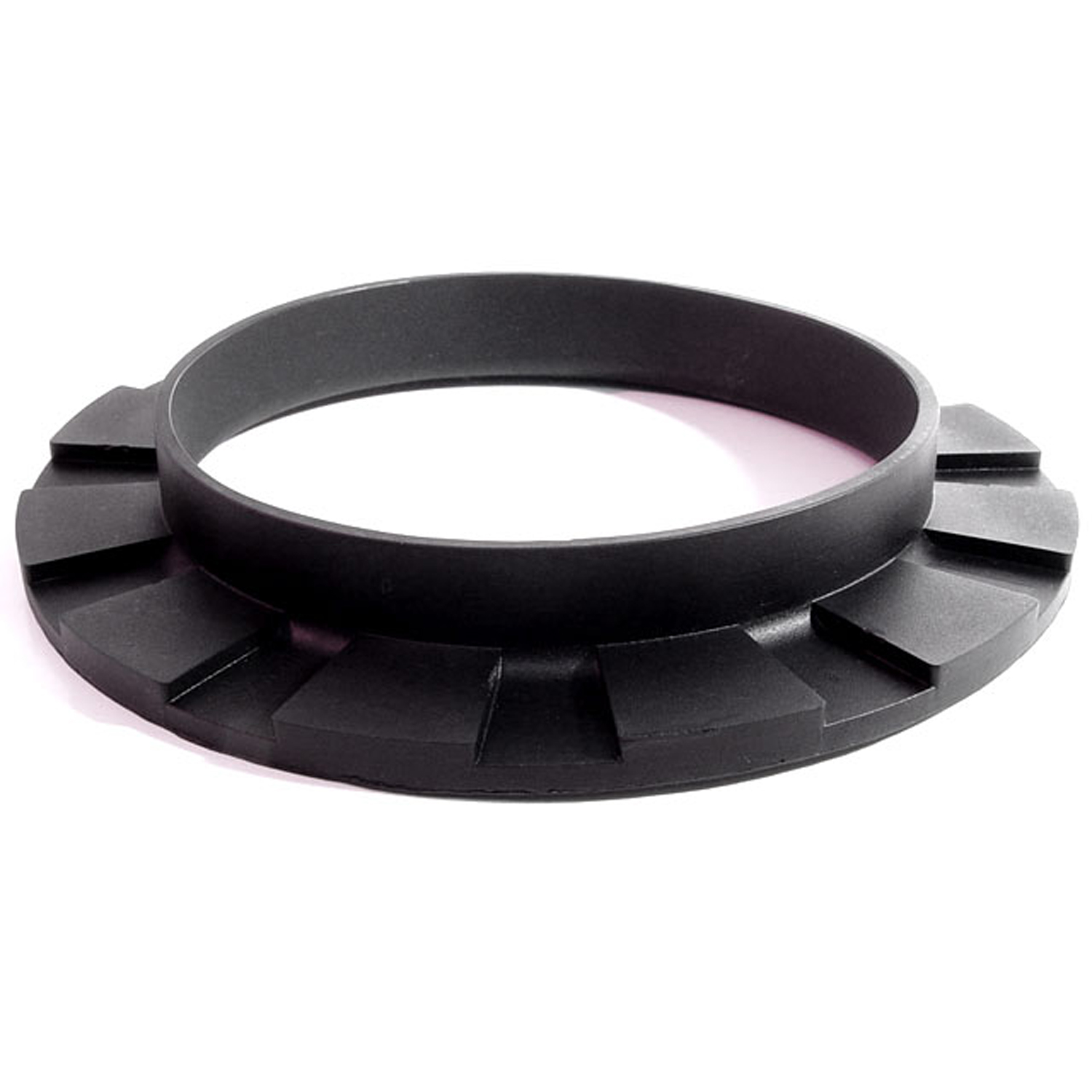 1976 Pontiac Sunbird Front coil-spring insulator-BN 110Front coil-spring insulator. Fits '41-'60 Oldsmobile and '50-'83 GM passenger models. 5-3/8 in. OD x 3-3/4 in. ID x 3/4 in. high with 13/16 in. wide bottom flange 1/4" thick, 12 flutes. Each.
1976 Pontiac Sunbird Front coil-spring insulator-BN 110Front coil-spring insulator. Fits '41-'60 Oldsmobile and '50-'83 GM passenger models. 5-3/8 in. OD x 3-3/4 in. ID x 3/4 in. high with 13/16 in. wide bottom flange 1/4" thick, 12 flutes. Each.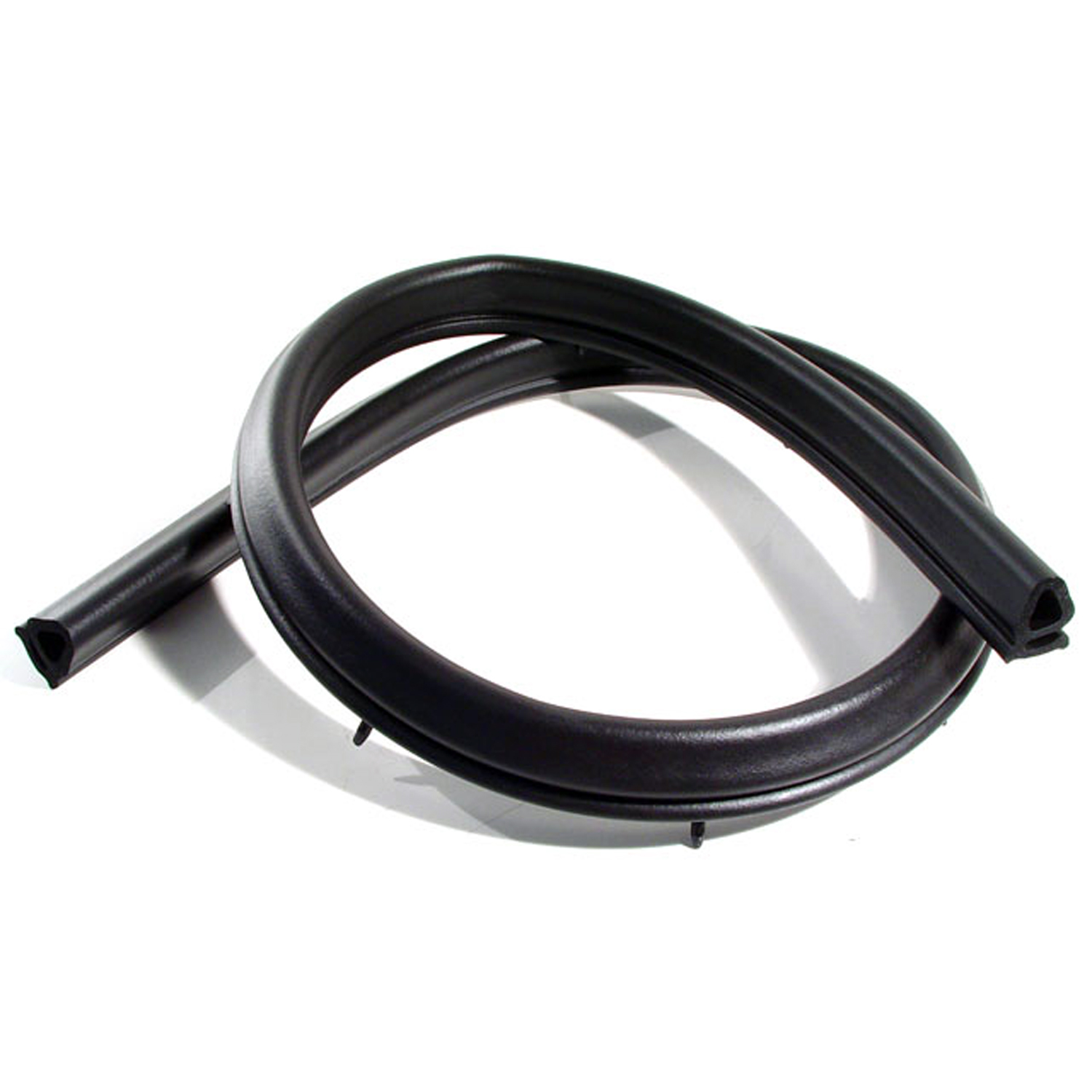 1976 Pontiac Sunbird Hood to Cowl Seal, 71-80 GM H Body, Each-CS 13-HHood to Cowl Seal, 71-80 GM H Body, Each. Replaces OEM # 9829415. 50" Long. Comes with five mounting clips.
1976 Pontiac Sunbird Hood to Cowl Seal, 71-80 GM H Body, Each-CS 13-HHood to Cowl Seal, 71-80 GM H Body, Each. Replaces OEM # 9829415. 50" Long. Comes with five mounting clips.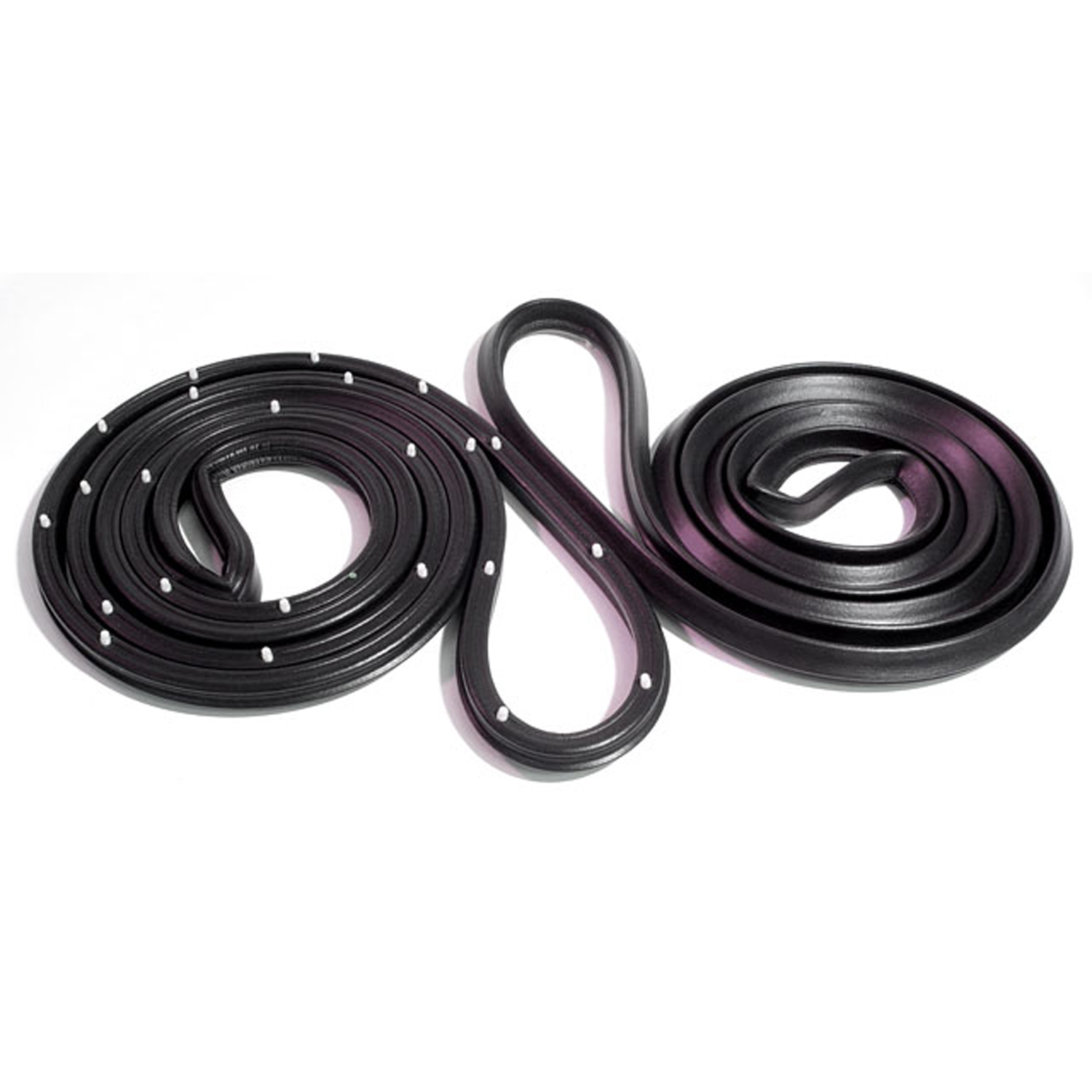 1976 Pontiac Sunbird Molded Door Seals for Hatchbacks. 151-1/2" long each-LM 13-MMolded Door Seals for Hatchbacks. 151-1/2" long each. Pair R&L
1976 Pontiac Sunbird Molded Door Seals for Hatchbacks. 151-1/2" long each-LM 13-MMolded Door Seals for Hatchbacks. 151-1/2" long each. Pair R&L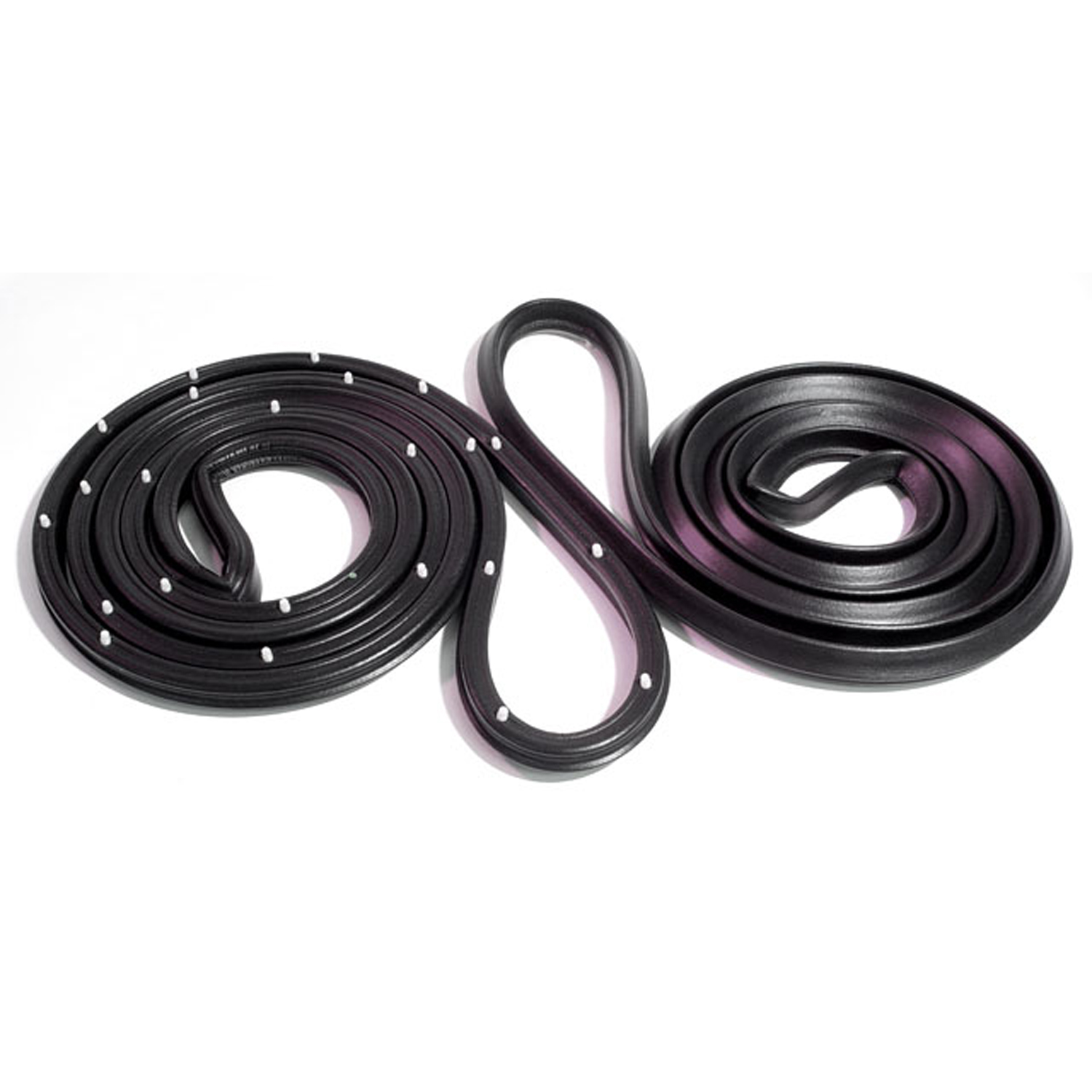 1976 Pontiac Sunbird Molded Door Seals for Coupes. 151" Long. Pair R&L-LM 13-NMolded Door Seals for Coupes. 151" Long. Pair R&L
1976 Pontiac Sunbird Molded Door Seals for Coupes. 151" Long. Pair R&L-LM 13-NMolded Door Seals for Coupes. 151" Long. Pair R&L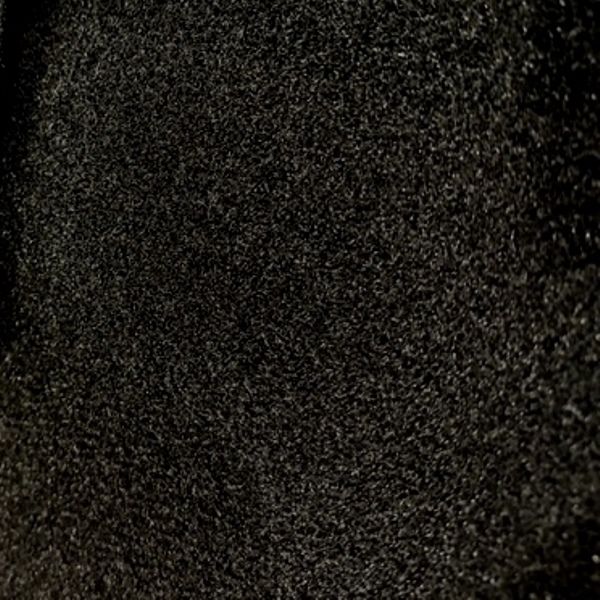 1976 Pontiac Sunbird Trunk Liner. Loose weave, jet black. 50" wide-M 30Trunk Liner. Loose weave, jet black. 50" wide. Sold by the foot
1976 Pontiac Sunbird Trunk Liner. Loose weave, jet black. 50" wide-M 30Trunk Liner. Loose weave, jet black. 50" wide. Sold by the foot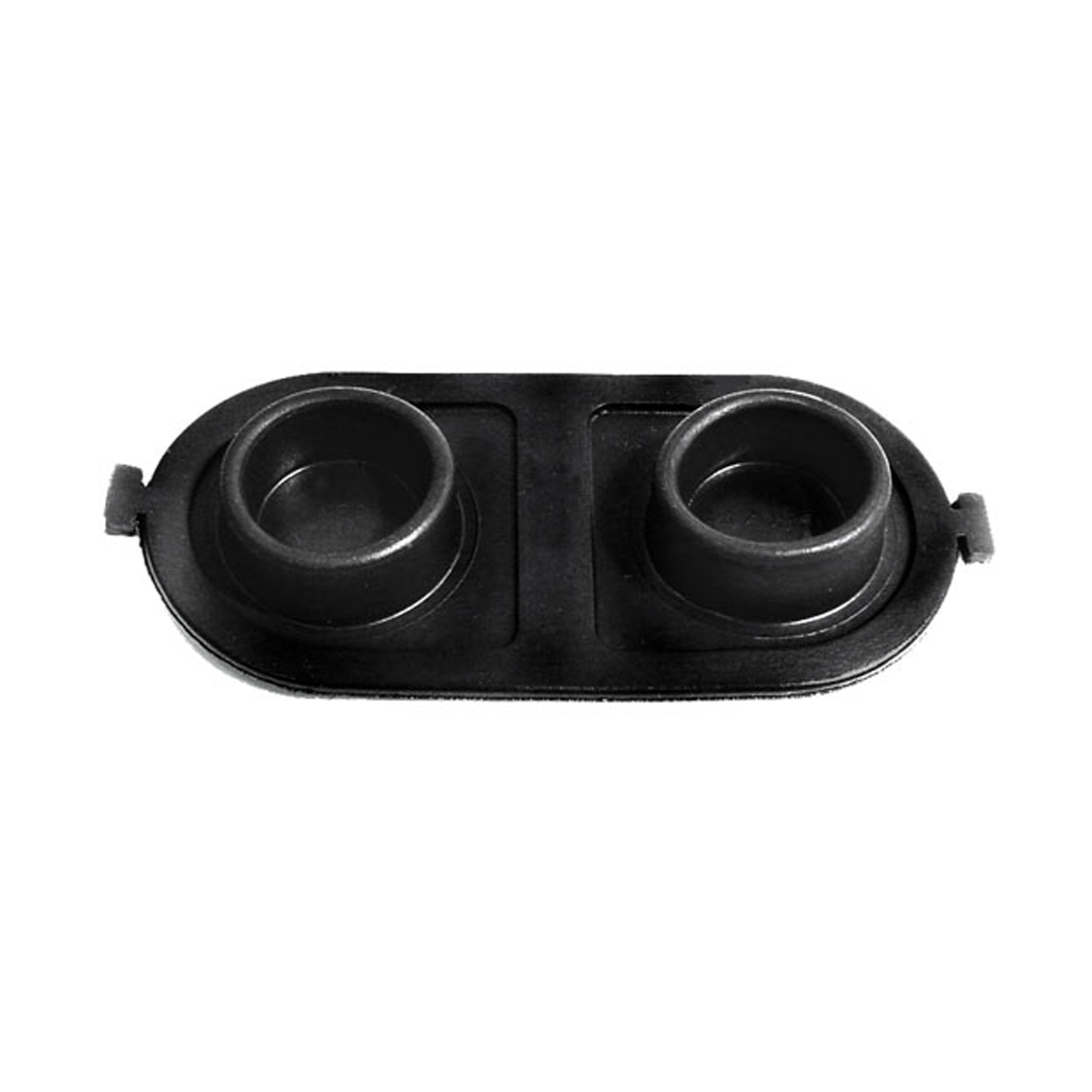 1976 Pontiac Sunbird Brake Master Cylinder Cover Seal. Replaces OEM #5470861-RP 2-EBrake Master Cylinder Cover Seal. Replaces OEM #5470861. 5" X 2-1/2". Each
1976 Pontiac Sunbird Brake Master Cylinder Cover Seal. Replaces OEM #5470861-RP 2-EBrake Master Cylinder Cover Seal. Replaces OEM #5470861. 5" X 2-1/2". Each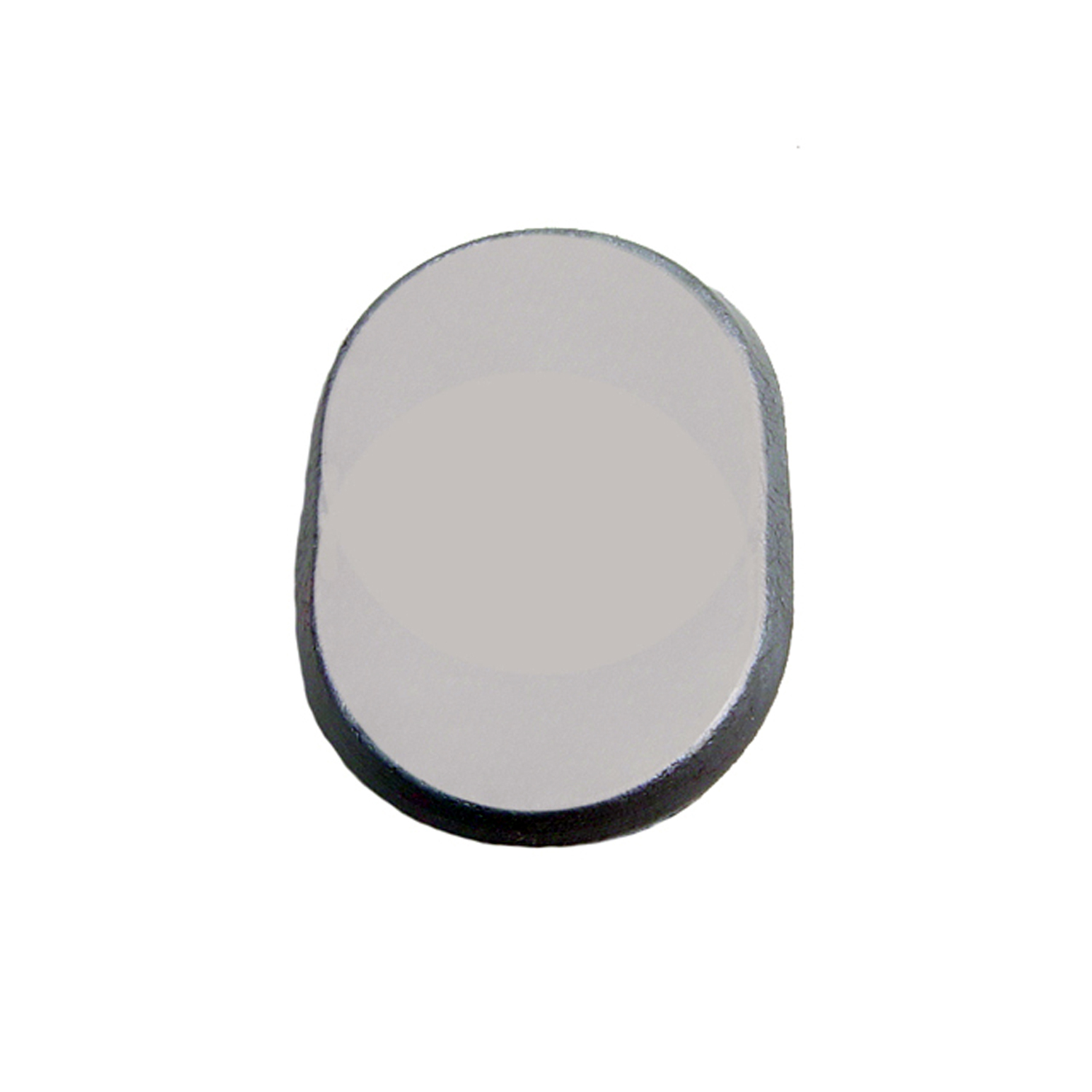 1976 Pontiac Sunbird Hole Plug for Front Door Inner Panel Access Hole-SM 81Hole Plug for Front Door Inner Panel Access Hole. 1-1/2" X 1". Each
1976 Pontiac Sunbird Hole Plug for Front Door Inner Panel Access Hole-SM 81Hole Plug for Front Door Inner Panel Access Hole. 1-1/2" X 1". Each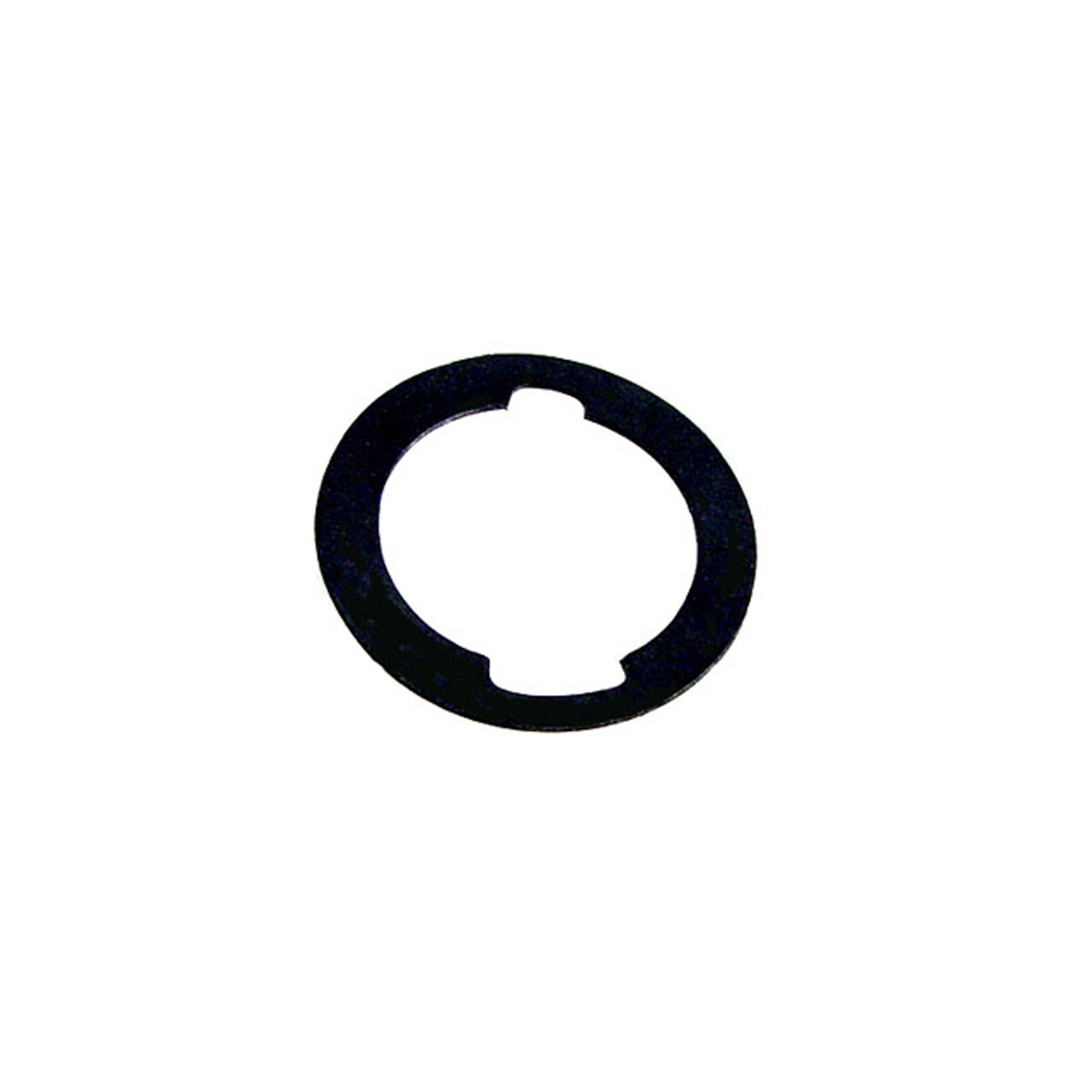 1976 Pontiac Sunbird Unbeaded Door and Trunk Lock Gasket. 1-3/16" O.D., 7/8" I.D-UM 1600-100Unbeaded Door and Trunk Lock Gasket. 1-3/16" O.D., 7/8" I.D. Each
1976 Pontiac Sunbird Unbeaded Door and Trunk Lock Gasket. 1-3/16" O.D., 7/8" I.D-UM 1600-100Unbeaded Door and Trunk Lock Gasket. 1-3/16" O.D., 7/8" I.D. Each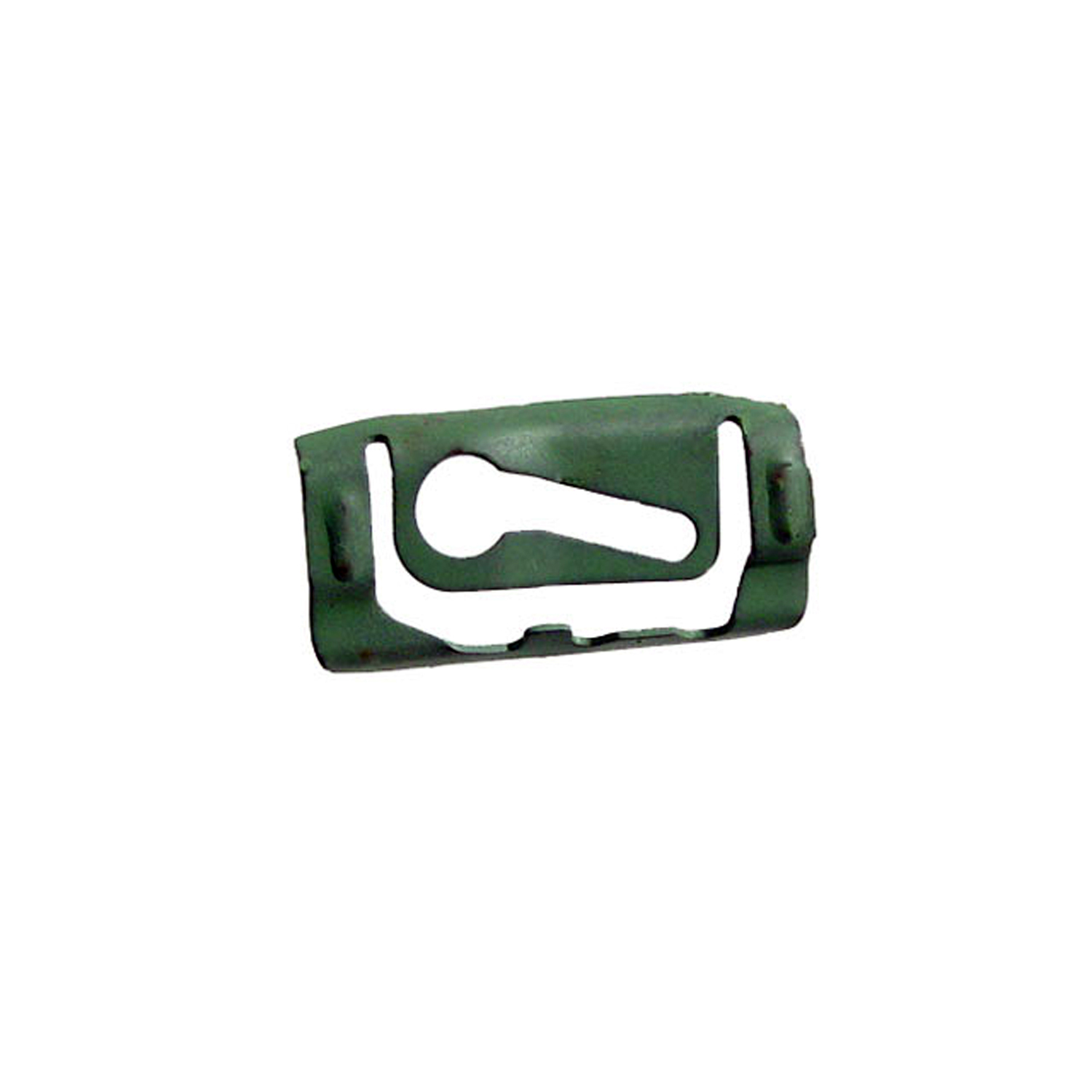 1976 Pontiac Sunbird Quarter Window Reveal Molding Clip. Made of Steel-WF 205Quarter Window Reveal Molding Clip. Made of Steel. 1-3/8" X 11/16". Each
1976 Pontiac Sunbird Quarter Window Reveal Molding Clip. Made of Steel-WF 205Quarter Window Reveal Molding Clip. Made of Steel. 1-3/8" X 11/16". Each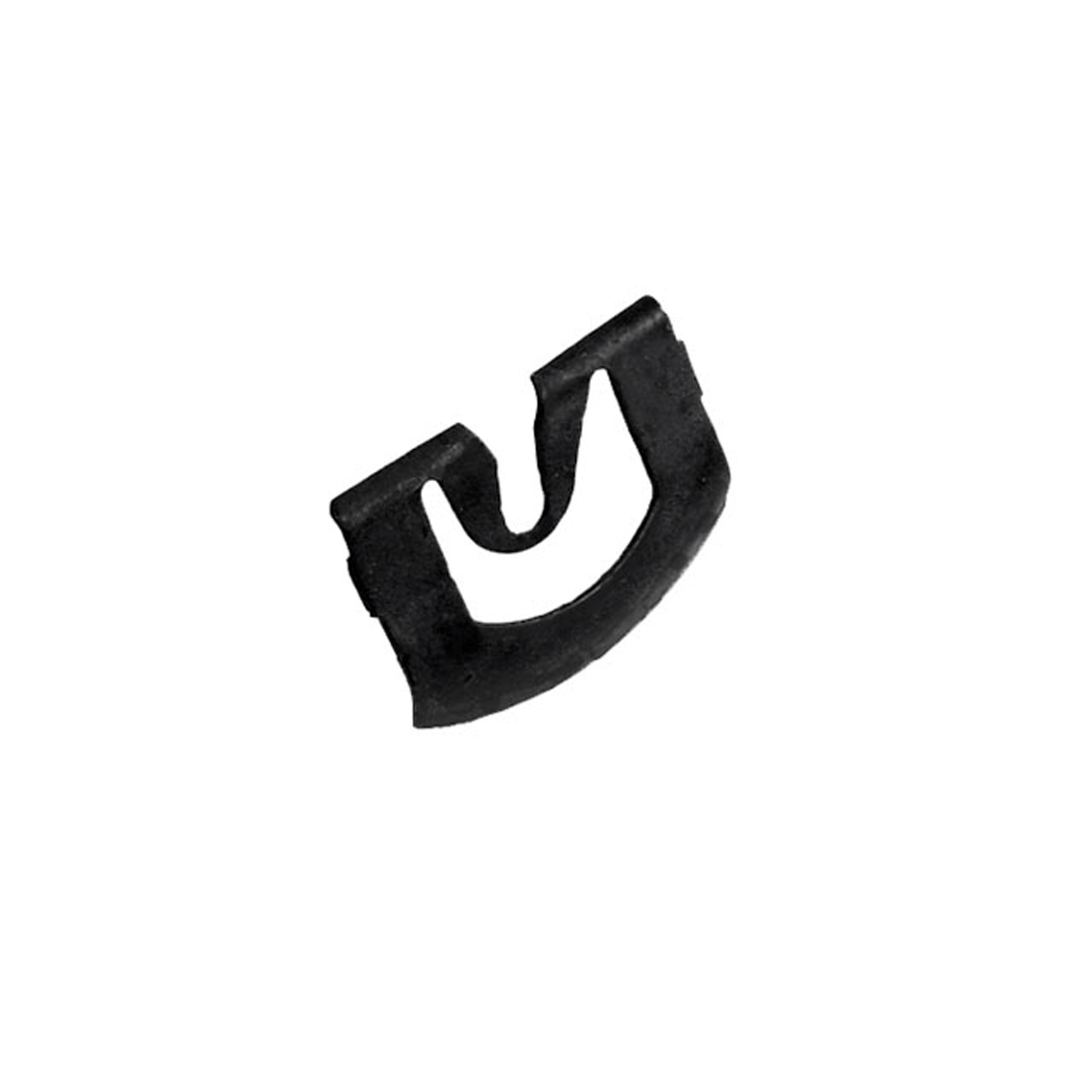 1976 Pontiac Sunbird Windshield Reveal Molding Clip. Made of steel. 13/16" x 1"-WF 209Windshield Reveal Molding Clip. Made of steel. 13/16" x 1". Each
1976 Pontiac Sunbird Windshield Reveal Molding Clip. Made of steel. 13/16" x 1"-WF 209Windshield Reveal Molding Clip. Made of steel. 13/16" x 1". Each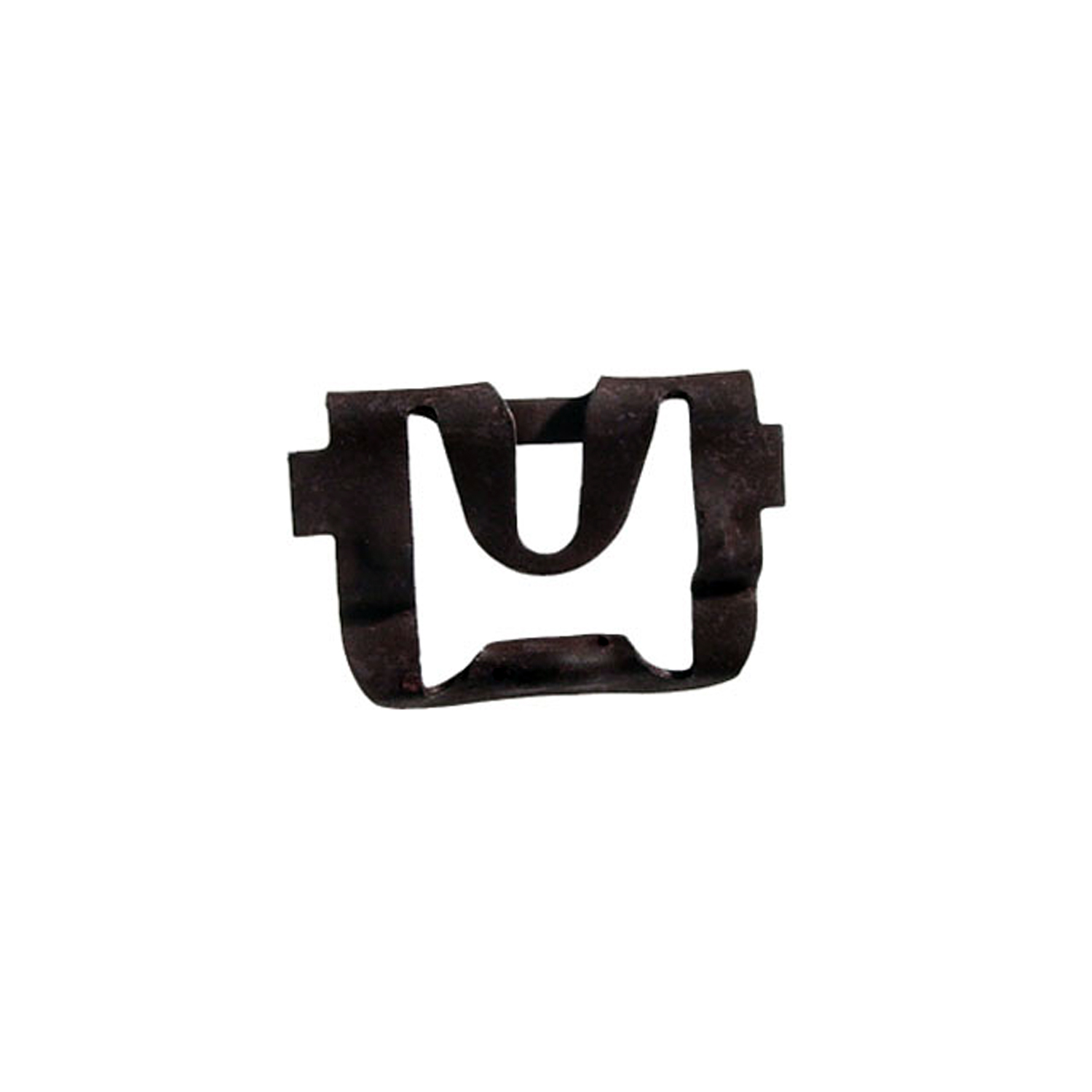 1976 Pontiac Sunbird Rear Windshield Reveal Molding Clip. Made of steel-WF 211Rear Windshield Reveal Molding Clip. Made of steel. 15/16" X 3/4". Each
1976 Pontiac Sunbird Rear Windshield Reveal Molding Clip. Made of steel-WF 211Rear Windshield Reveal Molding Clip. Made of steel. 15/16" X 3/4". Each 1976 Pontiac Sunbird Lower Side Window Reveal Molding Clip. Made of nylon-WF 214Lower Side Window Reveal Molding Clip. Made of nylon. 1-1/4" x 3/4". Each
1976 Pontiac Sunbird Lower Side Window Reveal Molding Clip. Made of nylon-WF 214Lower Side Window Reveal Molding Clip. Made of nylon. 1-1/4" x 3/4". Each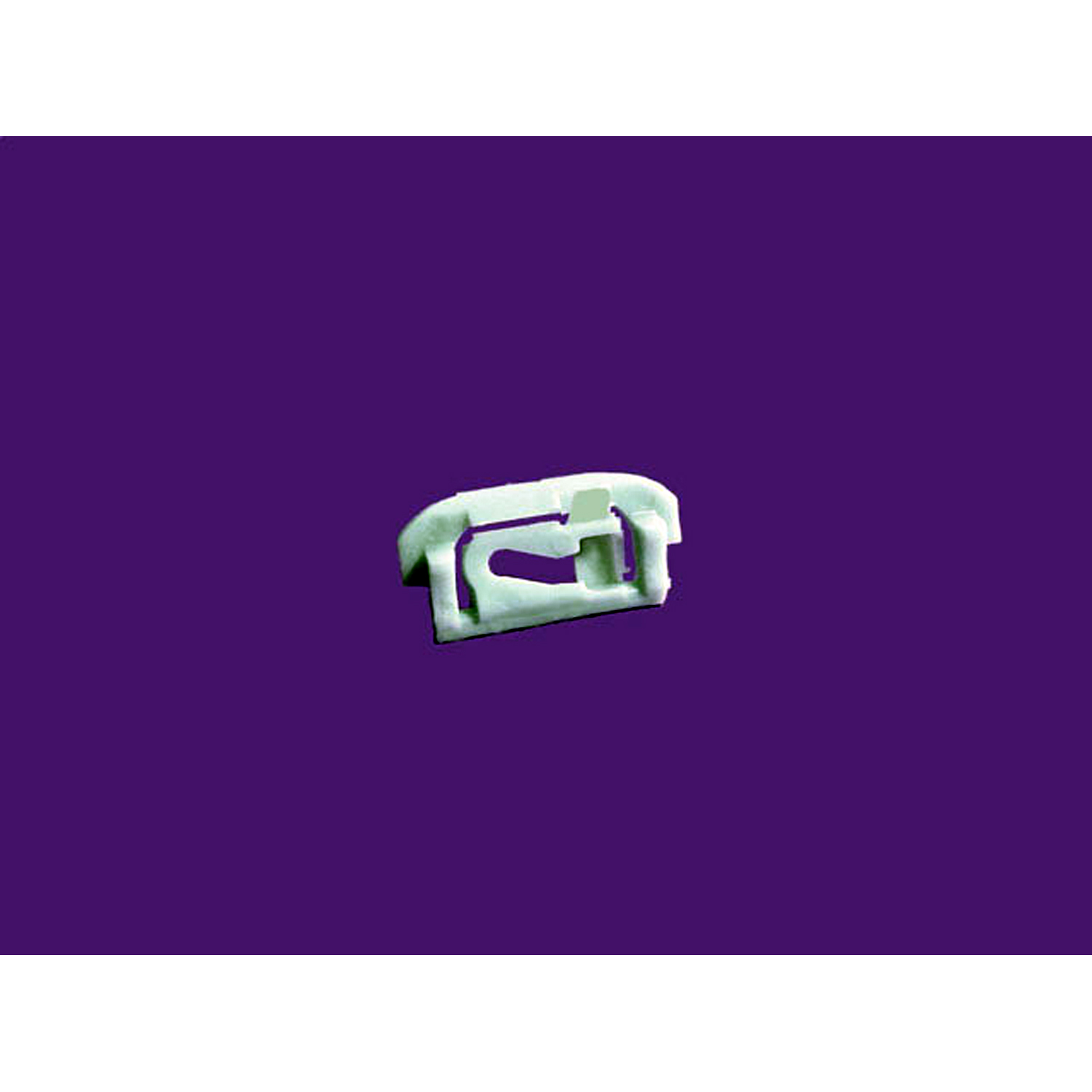 1976 Pontiac Sunbird Windshield and Rear Windshield Reveal Molding Clip-WF 215Windshield and Rear Windshield Reveal Molding Clip. Made of nylon. 1-1/4" X 5/8". Each
1976 Pontiac Sunbird Windshield and Rear Windshield Reveal Molding Clip-WF 215Windshield and Rear Windshield Reveal Molding Clip. Made of nylon. 1-1/4" X 5/8". Each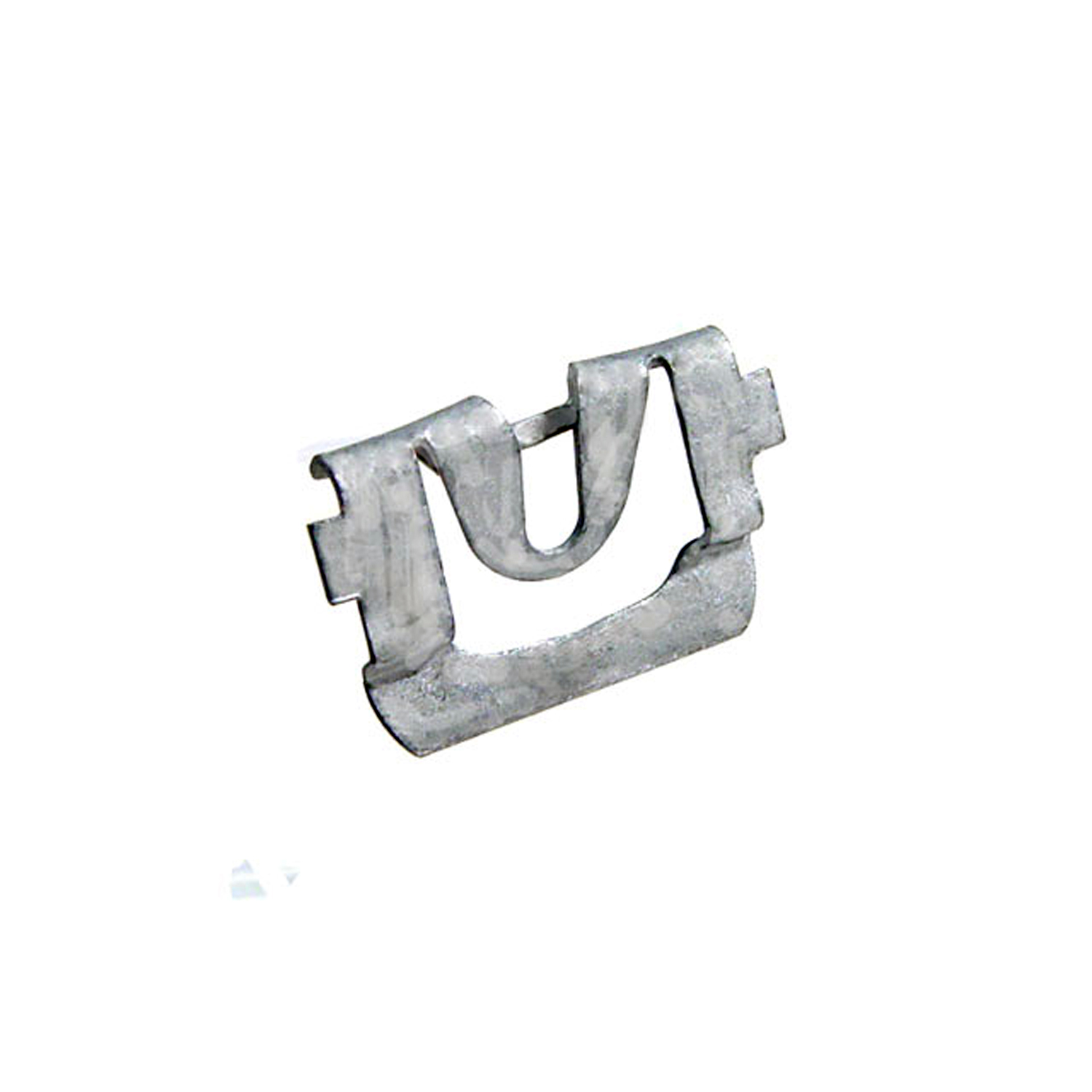 1976 Pontiac Sunbird Windshield Reveal Molding Clip. Made of steel-WF 223Windshield Reveal Molding Clip. Made of steel. 1/1/8" X 3/4". Each
1976 Pontiac Sunbird Windshield Reveal Molding Clip. Made of steel-WF 223Windshield Reveal Molding Clip. Made of steel. 1/1/8" X 3/4". EachWhy Choose Metro?
For over 100 years, Metro Moulded Parts has been the pinnacle of quality in classic car restoration parts. Our commitment to precision and authenticity in every component ensures a perfect fit and an OEM-level appearance.
- Expert Craftsmanship & Quality: Each part is a testament to our dedication to reliability and perfection, crafted from original designs and thoroughly tested.
- Advanced Technology: We use cutting-edge techniques to create flawless, long-lasting parts that surpass others in performance.
- SuperSoft Sponge – The Ultimate Door Seal: Not only are our door seals 30% softer than competitors', but they're also guaranteed to never leak. They effectively reduce wind and road noise, enhancing your classic car's comfort and driving experience.
- Proudly American: Our parts are a product of American craftsmanship, made in the USA with a spirit of excellence and heritage.
- Unrivaled Warranty: We back our products with a 30-year industry-leading warranty, a testament to our confidence in their quality.
Join us in preserving the legacy of classic cars with parts that are crafted for perfection, not just made.

